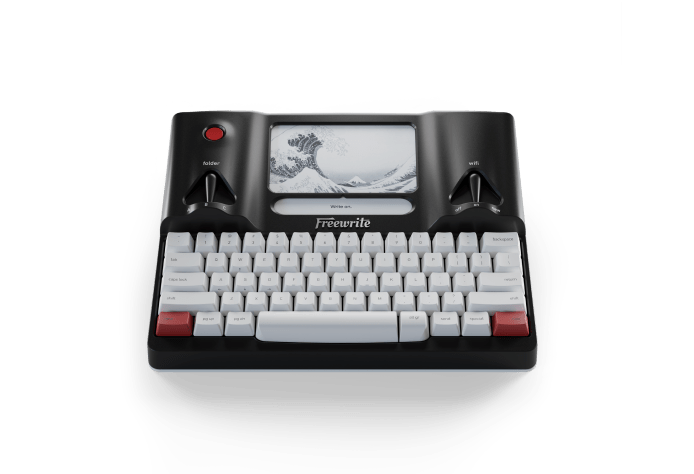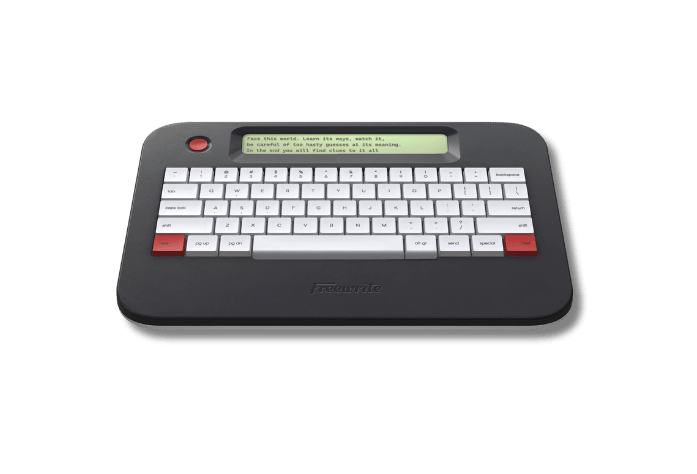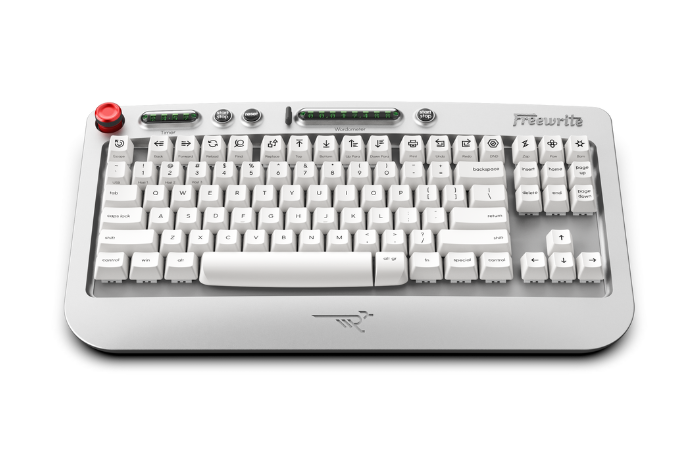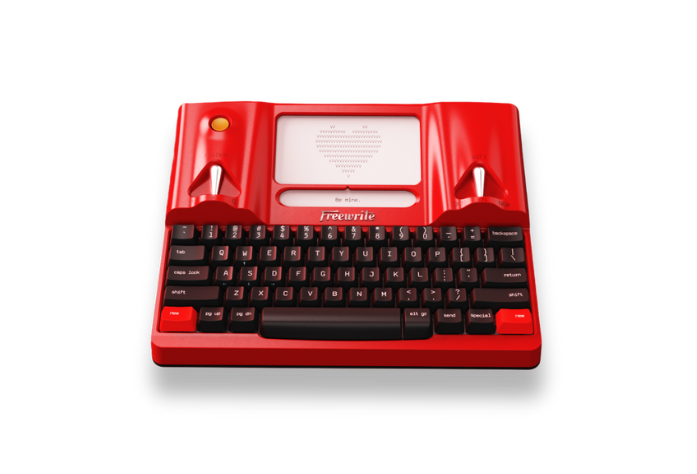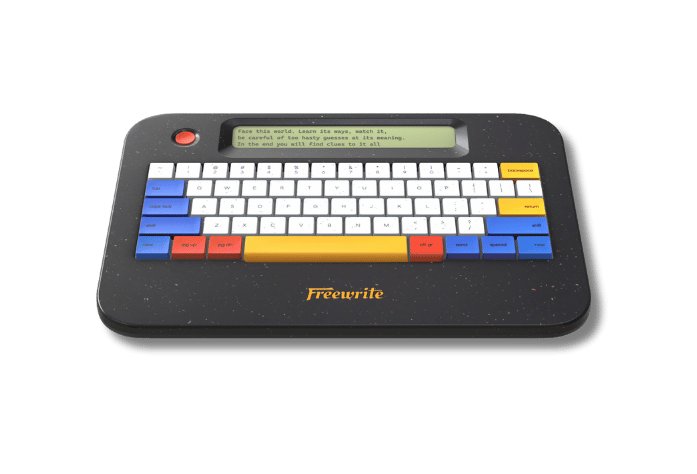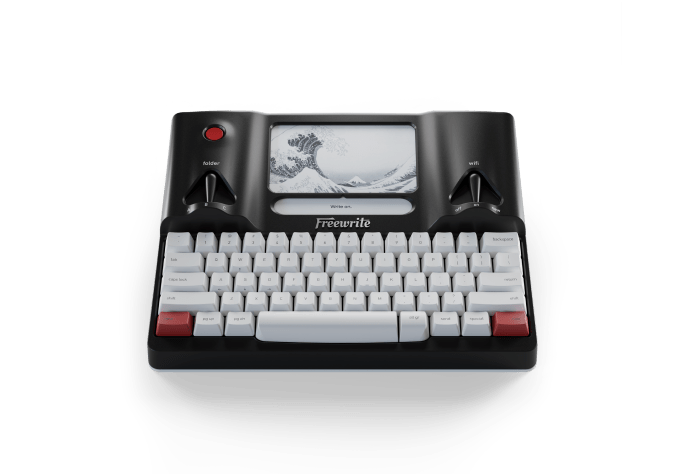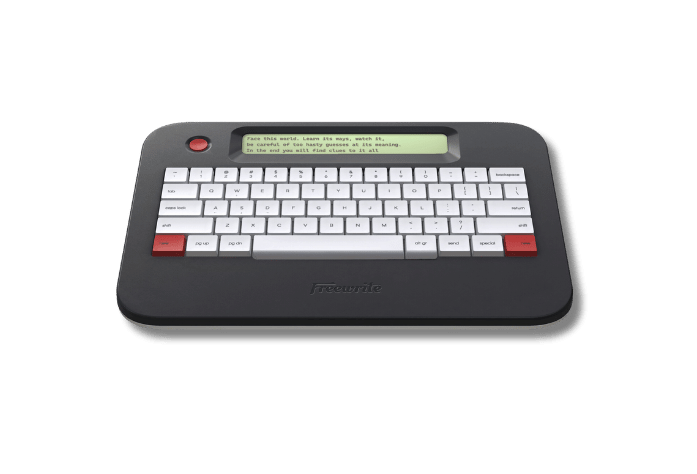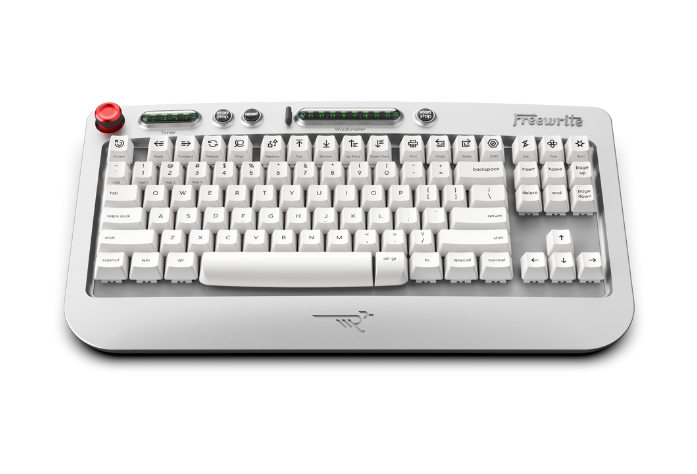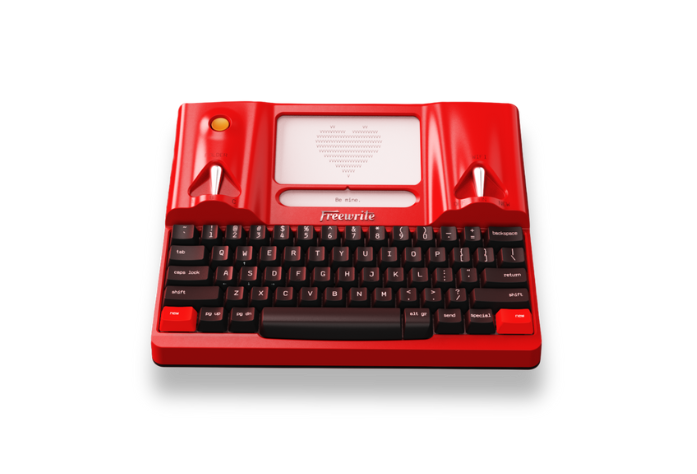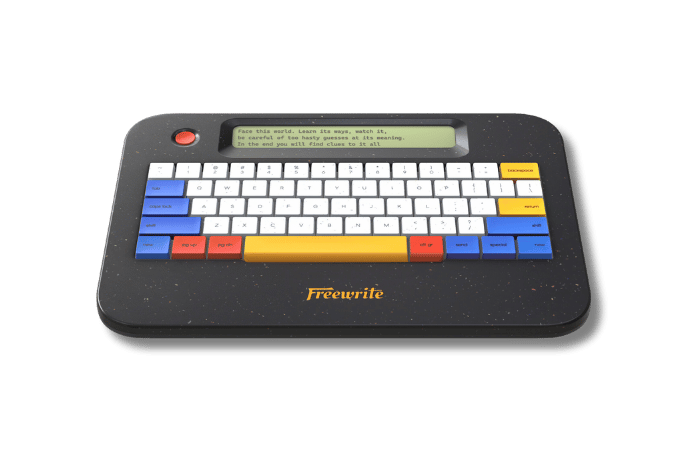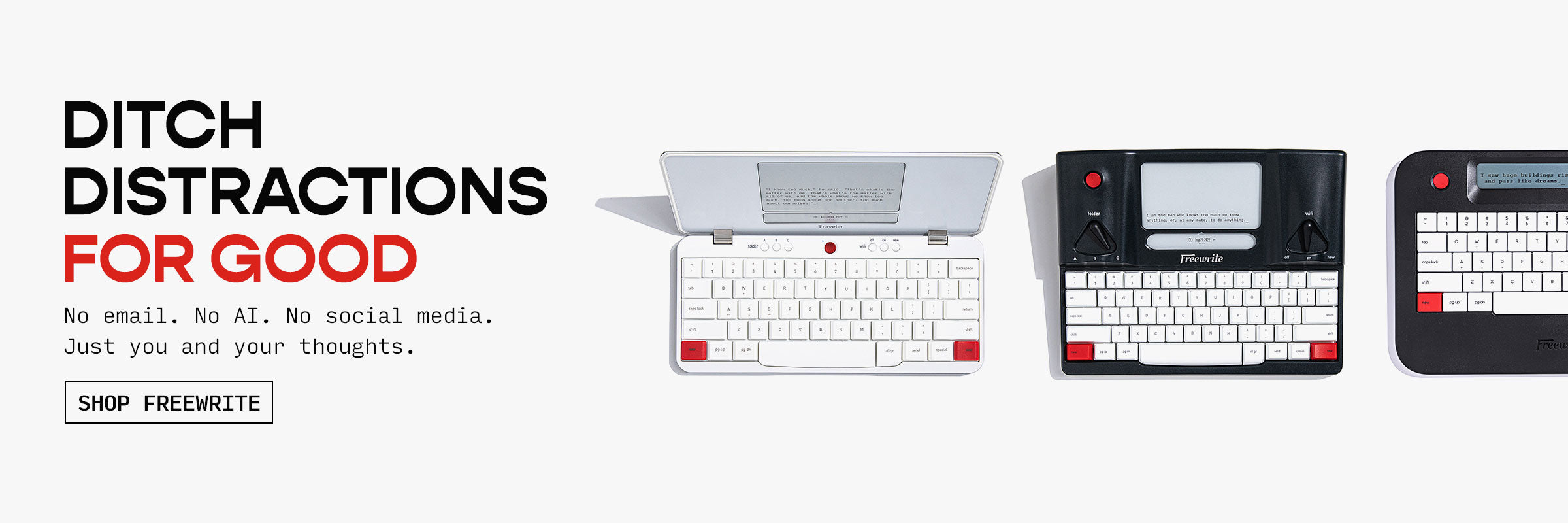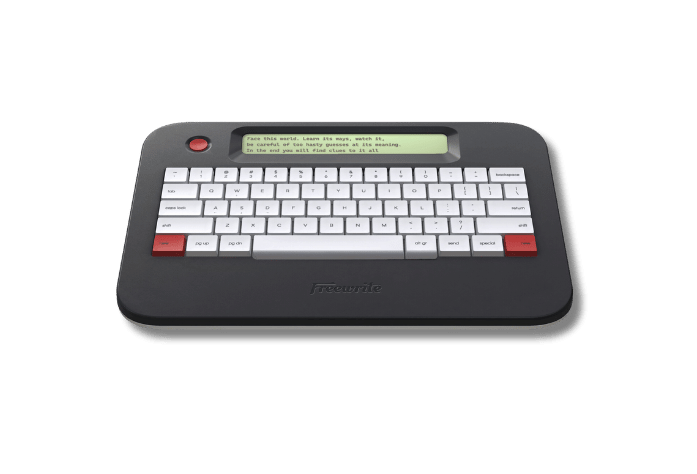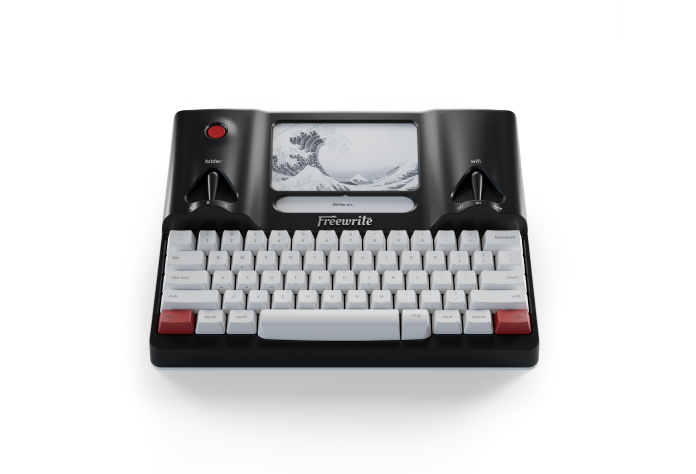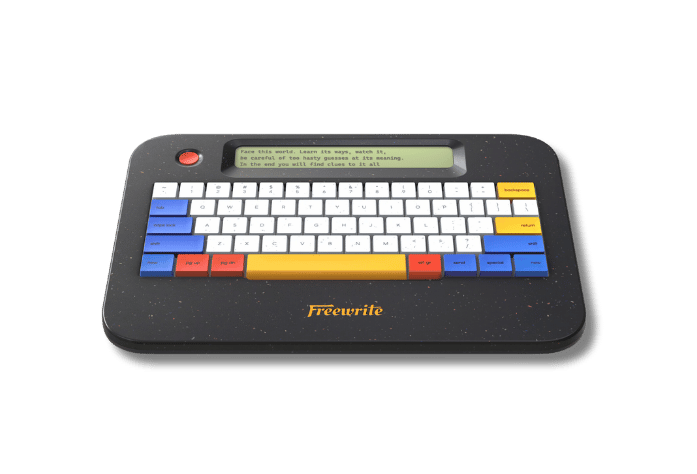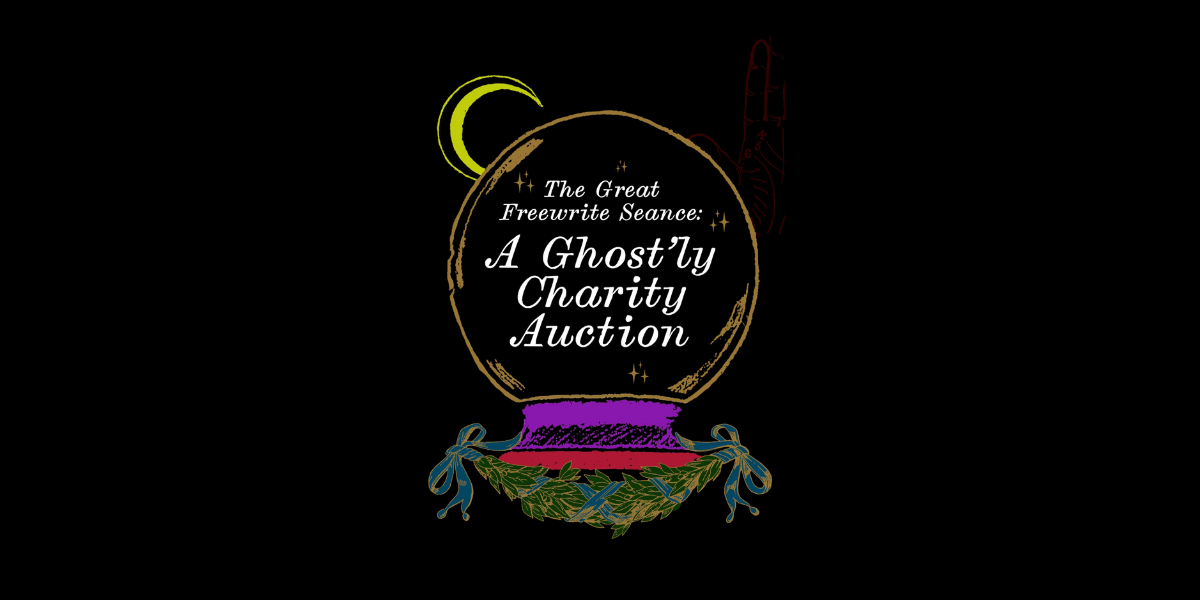As I’m writing this, I’m listening to the angry crashing of thunder and the pouring torrential rain, listening to children screaming as they run inside — what a perfect reminder of how nature creates atmosphere without any effort at all!
The Power of Your Setting for Atmosphere
There’s a variety of factors that go into creating mood and atmosphere in fiction. Your setting — including details like the weather and climate — can be a great starting point for conveying a mood. In Wuthering Heights, for example, the windswept moors of the Yorkshire Dales created the perfect backdrop for the atmosphere of the story. It’s the setting that allows you to introduce details that create the mood.
The kinds of details that you can use for conveying the atmosphere against the backdrop of your story include smells, sounds, and sights. For example, you could create a gothic mood by using details that describe the decay of an abandoned house — cobwebs in the corners, rust on the bars on the windows, clouds of dust, and so on.
Using Mood Words
As a beginning writer, when I first came across the term ‘mood words’, I thought it referred to a list of moods (e.g. happy, depressed, angry, despondent, etc.). I was wrong. Mood words are broadly defined as descriptive verbs and adjectives that add an extra dimension to non-descript actions.
For example, consider the difference between these sentences:
Adelaide walked towards the door.
Adelaide tiptoed towards the door.
Walking is non-descript. We all do it, and without any kind of descriptors about howa character is walking, there’s no sense of mood or atmosphere. To tiptoe, however, is to walk in a particular way — to avoid being heard or to avoid disturbing someone. Overall, tiptoeing creates a sense of stealth and can be used to convey an atmosphere of tension or caution.
Mood words are incredibly useful when you’re trying to convey an atmosphere. It can be helpful to have a list of mood words for particular types of scenes that you can easily refer back to. Here’s an example to get you started:
Eerie Mood Words:
- Creaking
- Rattling
- Thumping
- Scuttling (as in a mouse scuttling)
- Whistling (as in the wind whistling)
- Cracking (as in a twig cracking)
Show, Don’t Tell
The easiest way to create a mood is to tell the reader what the mood is, right? Wrong. Which of these two passages is more engaging and captivating in its description of mood?:
Rebecca felt happy that the interview had gone well. She was excited to hear back from the manager.
Rebecca walked sedately out of the building, but as soon as she was out of sight of the reception desk, she almost danced across the road to where Dom was waiting for her. A bubbling laugh escaped her lips as she ran to him and threw her arms around his neck. “I think I’ve got it!” she almost shouted. “Oh, Dom, you should’ve seen me in there!”
You should always avoid telling your readers something when you can show them through your characters actions and speech. The second passage conveys the excitement in a way that makes the reader feel part of the scene — simply telling the reader that your character is excited isn’t going to create an atmosphere of excitement.
Word Choices
The words that you use to describe a scene or setting can have a powerful impact on the kind of mood you create. When I was studying for my Creative Writing degree, my tutor set an assignment that I thought I’d suck at, but I actually found that I enjoyed it. We were given a setting — a simple backyard — but told to describe it in three different ways, conveying a different atmosphere each time. This is how it turned out:
Scene 1:
Shadows played across the yard like a shroud. Long grass, unkempt and almost knee-high, danced in the breeze. A child’s bicycle, long abandoned, lay in the shadow of a withered oak tree. Sunlight blazing off the sash windows of the house made it impossible for Derrick to see whether Susan was inside.
Scene 2
Alstroemeria bloomed in the bright-blue planter pressed up against the side of the front porch. Danny’s bike was, yet again, abandoned in the middle of the lawn at the foot of the old oak. Excited giggles drifted down from the treehouse as the boys quickly hauled the ladder up. “Is your Mom home?” Derrick called out to the boys, shading his eyes against the glare of the sun.
Scene 3
There were some signs that this had once been a happy home — the rusty bicycle below the oak tree, and the partially-collapsed remains of a treehouse. There had once been a lawn, but now it was just a scorched black scar in front of the dilapidated house. Derrick dug the toe of his boot into the dirt and sighed. It had been fifteen years, but if he breathed in deeply enough, it was almost as if he could still smell the smoke of the fire.
The words that you choose to describe anything in your novel have the power to convey very different moods. You have to be careful about the vocabulary that you choose, to ensure that every word matches up with the mood you’re wanting to portray. Descriptions are a lot like paintings. The details that you show to your reader come together to create an overall picture — and if you use details that don’t fit the mood, they’ll be jarring to your readers.
Putting What You’ve Learned Into Practice
Actually practicing using mood and atmosphere in your novel is the best way to get better at it. I’ve put together some exercises to help you get started.
- Imagine you’re writing a ghost story. Which of these two settings would provide the best backdrop for your story?:
- A cabin on the beach on the island of Barbados in summer
- An isolated cabin in a remote part of the Scottish highlands in winter (where there are only a few hours of daylight each day)
- Imagine you’re writing a story about a marriage breakdown. How would these different settings change the mood of the story?:
- The kitchen during the morning rush to get the kids to school
- A seating area outside a cafe close to where there’s a group of protestors shouting and waving placards
- A clifftop as your characters are participating in a walk for charity
- Create a mood word list for each of the following atmospheres:
- Spooky
- Tense
- Despairing
- Excited
- Joyful
- Find a scene in a novel (yours, or one you’re reading) where there’s more telling than there is showing. Re-write the scene in a way that conveys a mood without using the actual word.
- Describe a house and garden in three separate scenes, creating a different atmosphere in each.

